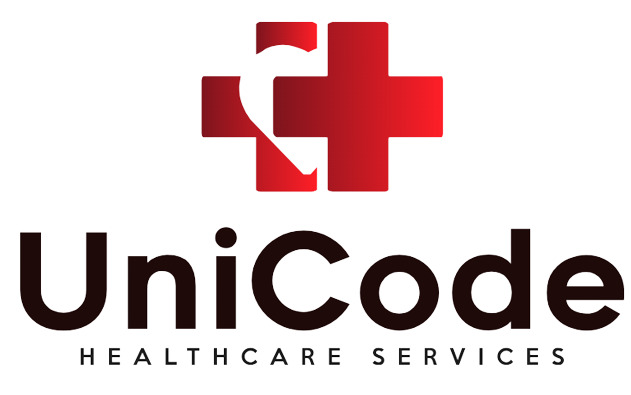HCC Coding Training

HCC Coding Training
Hierarchical Condition Category (HCC) medical coding is a vital risk-adjustment model primarily used in Medicare Advantage (MA) and other value-based healthcare payment systems. It plays a crucial role in predicting healthcare costs by classifying patients based on their chronic conditions and demographic profiles. Accurate HCC coding ensures fair and appropriate reimbursement for healthcare providers while supporting precise patient risk stratification.
At Unicode Healthcare Services, we recognize the critical importance of HCC medical coding in today’s evolving healthcare landscape. Our training program is specifically designed to meet the growing demand for skilled medical coders who can ensure compliance, accuracy, and efficiency in risk-adjusted payment models. Unicode’s HCC coding course offers in-depth training in risk adjustment models used in Medicare Advantage and other value-based programs, ICD-10-CM coding guidelines for chronic conditions, medical documentation review for accurate HCC capture, compliance and audit readiness, along with real-world case studies and hands-on practical sessions.
Our expert instructors bring years of industry experience and guide students through the complexities of HCC coding with a focus on real-time application and coding accuracy. Whether you’re a beginner or a certified coder looking to expand your expertise, Unicode Healthcare Services provides a comprehensive and career-focused training solution. With the healthcare industry placing greater emphasis on value-based care, mastering HCC coding with Unicode will position you as a highly valuable asset in medical coding and health information management.
Key Components in HCC Medical Coding
The foundation of HCC coding lies in understanding the following key components:

Hierarchical Condition Categories (HCC) System
The HCC system categorizes patient diagnoses into specific groups based on the severity and complexity of illnesses. This structured approach enables healthcare providers to document and reflect the patient’s health status accurately. The more severe or chronic the condition, the higher the HCC category assigned, which ensures a more comprehensive understanding of the patient’s risk profile.
Risk Adjustment Factor (RAF)
The Risk Adjustment Factor (RAF) is a numerical score used to determine the reimbursement amount healthcare providers receive for managing patients with chronic and high-risk conditions. This factor takes into account both patient demographics and the complexity of documented diseases. By adjusting payments accordingly, the RAF ensures fair compensation to providers delivering care to patients with greater healthcare needs.
How HCC Coding Works
HCC coding follows a hierarchical structure where more severe conditions take precedence over less severe ones. The process involves:
Diagnosing Chronic Conditions
Physicians document and diagnose chronic illnesses.
Assigning ICD-10-CM Codes
Coders map diagnoses to appropriate ICD-10-CM codes.
Grouping into HCC Categories
These ICD-10-CM codes are categorized into HCC groups, each assigned a risk factor.
